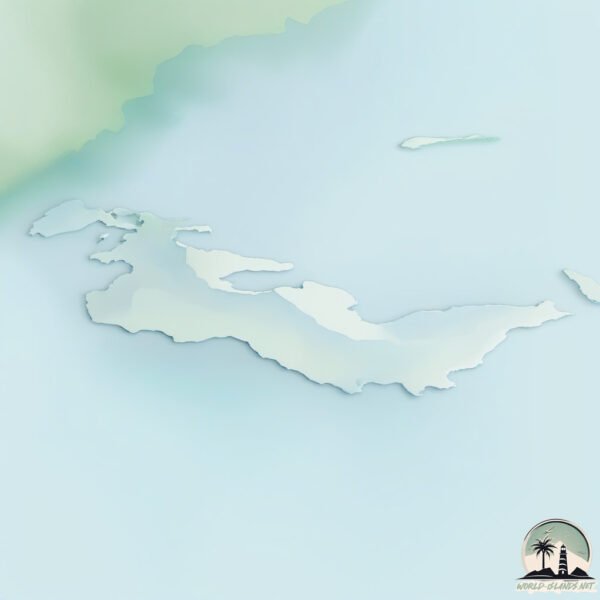Winter

Welcome to Winter, a Polar island in the The Northwestern Passages, part of the majestic Arctic Ocean. This guide offers a comprehensive overview of what makes Winter unique – from its geography and climate to its population, infrastructure, and beyond. Dive into the details:
- Geography and Size: Explore the island’s size and location.
- Climate and Weather: Weather patterns and temperature.
- Topography and Nature: Uncover the natural wonders of the island.
- Infrastructure and Travelling: Insights on reaching, staying, and making the most of your visit.
- News and Headlines: Latest News.
Geography and size of Winter
Size: 135.1 km²
Coastline: 153.9 km
Ocean: Arctic Ocean
Sea: The Northwestern Passages
Continent: North America
Winter is a Large Island spanning 135 km² with a coastline of 154 km.
Archipel: Canadian Arctic Archipelago – A vast and remote region in northern Canada, consisting of a series of large and small islands known for their extreme Arctic environment and unique wildlife.
Tectonic Plate: South America – A major plate covering the South American continent and part of the Atlantic Ocean, known for the Andes mountain range and significant seismic and volcanic activity.
The geographic heart of the island is pinpointed at these coordinates:
Latitude: 66.26607295 / Longitude: -83.10917404
Climate and weather of Winter
Climate Zone: Polar
Climate Details: Tundra
Temperature: Cold
Climate Characteristics: The tundra climate features long, extremely cold winters and short, cool summers. Vegetation is limited to mosses, lichens, and small shrubs due to the low temperatures and short growing seasons. Biodiversity is low, but some specialized species thrive.
Topography and nature of Winter
Timezone: UTC-05:00
Timezone places: America/New_York
Max. Elevation: 41 m
Mean Elevation: -14 m
Vegetation: Herbaceous Cover
Tree Coverage: 45%
The mean elevation is -14 m. The highest elevation on the island reaches approximately 41 meters above sea level. The island is characterized by Plains: Flat, low-lying lands characterized by a maximum elevation of up to 200 meters. On islands, plains are typically coastal lowlands or central flat areas.
Dominating Vegetation: Herbaceous Cover
Comprising mainly of grasses, herbs, and ferns, these areas are common in prairies, meadows, and savannas, and can vary widely in species composition. Winter has a tree cover of 45 %.
Vegetation: 4 vegetation zones – Diverse Island
Four distinct vegetation zones mark these islands as ecologically diverse. They might feature varied landscapes such as forests, beaches, grasslands, and rocky areas. Such diversity reflects the island’s complex ecological interactions and varied habitats, which can support a rich array of wildlife and plant species.
Infrastructure and Travelling to Winter
Does the island have a public airport? no.
There is no public and scheduled airport on Winter. The nearest airport is Coral Harbour Airport, located 225 km away.
Does the island have a major port? no.
There are no major ports on Winter. The closest major port is POND INLET, approximately 989 km away.
The mean population of Winter is 0 per km². Winter is Uninhabited. The island belongs to Canada.
Continuing your journey, Nunaariatjuaq Island is the next notable island, situated merely km away.
WINTER ISLAND Official Trailer (2024)



Canada is classified as Developed region: G7: Group of Seven – Major advanced economies, including Canada, France, Germany, Italy, Japan, the United Kingdom, and the United States. The level of income is High income: OECD.
News – Latest Updates and Headlines from Winter
Stay informed with the most recent news and important headlines from Winter. Here’s a roundup of the latest developments.
Please note: The data used here has been primarily extracted from satellite readings. Deviations from exact values may occur, particularly regarding the height of elevations and population density. Land area and coastline measurements refer to average values at mean high tide.
